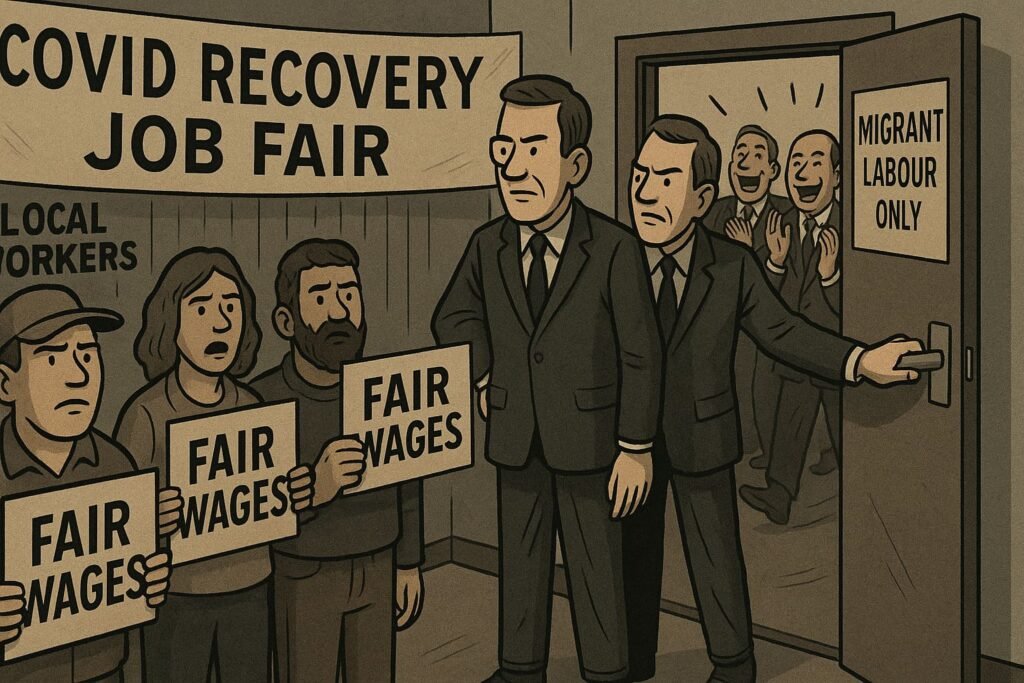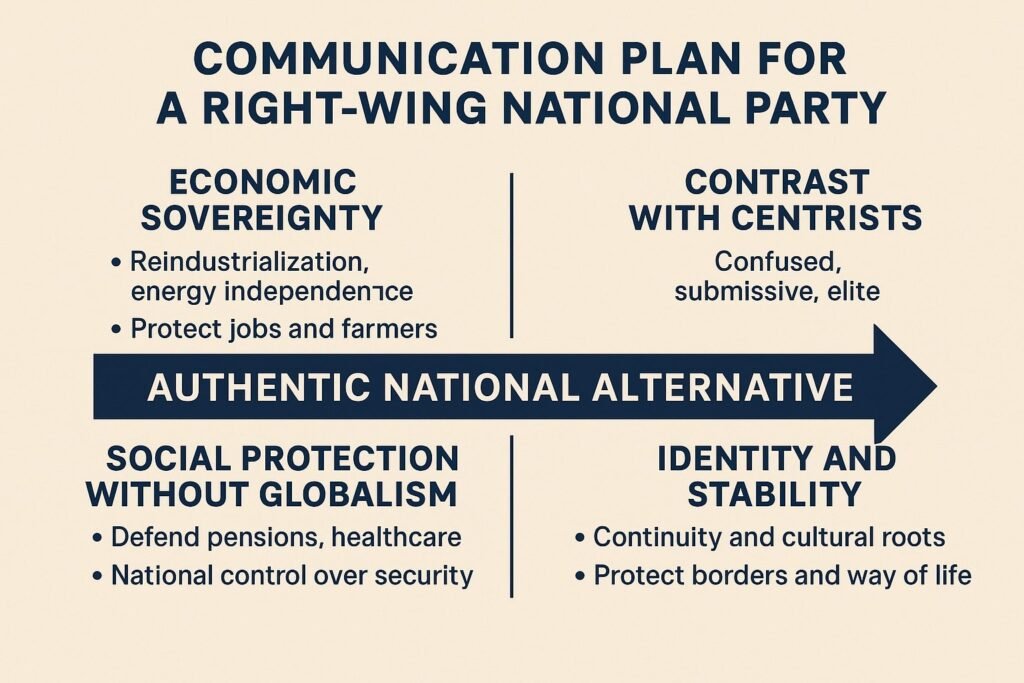Mass Migration Explained – The Post-COVID Labour Market Fix
The COVID-19 pandemic didn’t just disrupt healthcare and travel — it shook up the labour market. For a brief moment, workers had leverage: staff shortages pushed up wages, and employers were forced to listen. But the window closed fast.
Instead of reforming work conditions, governments and corporations reached for a familiar tool: mass migration.
Table of contents
Labour Shortages After COVID
Hospitality, agriculture, transport, retail — industries long dependent on low wages suddenly couldn’t fill jobs. Workers who endured lockdowns weren’t eager to return to the same grind without higher pay or respect.
That shift tilted the balance slightly toward labour. Higher wages loomed. Inflation ticked up. For once, it looked like workers might win.
The Corporate Solution: Import Workers
Enter mass migration. By bringing in new workers — often from poorer regions — governments relieved pressure on employers. Businesses got their cheap labour back, while the upward pressure on wages eased.
This wasn’t framed as economics, of course. Public messaging spoke of “solidarity,” “compassion,” and “labour mobility.” But the timing gave the game away: just when workers demanded better deals, migration was expanded to restore the status quo.
Short-Term Gain, Long-Term Strain
Mass migration filled vacancies and cooled wage growth, but at a cost:
- Social services stretched — housing, schools, healthcare under new pressure.
- Social cohesion tested — communities asked to adapt to rapid demographic change.
- Dependency cycle — instead of reforming work, governments leaned on endless inflows of cheap labour.
It wasn’t a sustainable fix. It was a band-aid for corporate balance sheets.
Post-COVID Politics of Migration
The post-pandemic labour squeeze showed a glimpse of worker power. Governments could have responded with structural reform — better wages, more training, improved working conditions. Instead, they chose the easy way out: import workers and silence dissent with slogans of diversity and inclusion.
The losers? Local workers who lost bargaining power, and communities left to manage the social fallout.
Conclusion: The Reset That Wasn’t
The post-COVID labour market could have been a turning point for workers. Instead, it became another excuse for governments and corporations to double down on migration as the default lever.
Compassion was the branding. Cheap labour was the reality.
Related Reading:
- Replacement Migration Explained – What the UN Really Proposed
- Why Governments Use Mass Immigration to Control Dissent – Opinion
- Woke Capitalism Explained
FAQ
Why were there labour shortages after COVID?
Many workers refused to return to low-paid, insecure jobs after the pandemic, creating shortages in key industries.
How did governments respond?
Instead of raising wages or improving work conditions, they turned to mass migration to fill the gaps.
What’s the problem with that strategy?
It depresses wages, strains public services, and avoids tackling deeper labour market reforms.
Who benefits from post-COVID migration policies?
Corporations and investors who profit from cheap labour.



